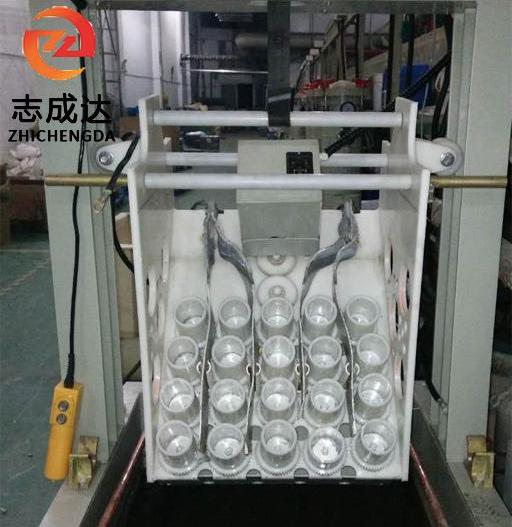As a very important modern processing technology, electroplating technology has long been not only a means of protecting and decorating metal surfaces, but also an advantage that can give metals or non-metals other functionalities.
According to incomplete statistics, there are more than 60 kinds of industrial coatings available now, including more than 20 kinds of single metal coatings, which almost include all common metals or rare metals. There are more than 40 kinds of alloy coatings, but the alloys under research have reached more than 240 kinds. Moreover, different electroplating treatment methods have been developed according to actual production conditions.
Here are some common electroplating processing methods:
Electroplating is the process of plating a thin layer of other metals or alloys on certain metal surfaces using the principle of electrolysis. It is a process of using electrolysis to attach a layer of metal film to the surface of metal or other material parts, thereby playing a role in protection, decoration and even giving special functions. Electroplating is divided into rack plating, roll plating, continuous plating and brush plating, which are mainly related to the size and batch of the parts to be plated.
Applicable objects of rack plating, barrel plating, continuous plating and brush plating
(1) Rack plating is a process in which the workpiece is clamped on a rack. It is suitable for large parts, with a small number of products that can be plated in each batch and a coating thickness of more than 10μm. Such as car bumpers, bicycle handlebars, etc. Rack plating production lines can be divided into manual lines and automatic lines.
(2) Continuous plating, in simple terms, is an object that is continuously electroplated according to the process, passing through different electroplating tanks to complete the entire electroplating process. It is suitable for batch production of wire and strip.
(3) Brush plating is a method of using an electrode or brush that is connected to the anode and can provide the electrolyte required for electroplating to move on the workpiece as the cathode for selective electroplating. It is suitable for local plating or repair.
(4) Barrel plating is usually suitable for small parts. Barrel plating is strictly called roller electroplating. It is a plating processing method in which a certain number of small parts are placed in a special roller and various metal or alloy coatings are deposited on the surface of the parts in an indirect conductive manner while rolling to achieve surface protection, decoration and various functional purposes. According to the different uses of the roller, the common roller plating methods in electroplating production are divided into three categories: horizontal roller plating, tilted roller plating and vibration roller plating.
The above four are common electroplating processing methods, and with the development of technology, electroplating processing methods are diversified. Plating solutions, formulas and additives, electroplating power supplies, etc. are also constantly developing.

